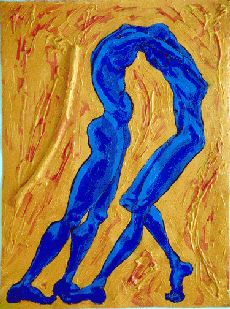
A study from Brandeis University, reported in the journal Psychiatric Services, has found that psychotropic drug prescriptions for adolescents leapt 250 percent between 1994 and 2001. The researchers say the greatest increase occurred after 1999, when direct-to-consumer advertising was permitted.
Stats in the study show that in 2001, one in every ten consultations with teenage boys led to a prescription for a psychotropic drug. Study author, Cindy Parks Thomas, also said that up to 26 percent of teens who were prescribed psychotropic medications did not have an associated mental health diagnosis.
Thomas cited the fact that pharmaceutical companies increased their spending on television advertising six fold during the period between 1996 and 2000. “There is an alarming increase in prescribing these drugs to teens, and the reasons for this trend need further scrutiny,” she noted. “The dramatic increase in prescribing of psychotropic medications is of considerable concern, particularly because these medications are not without risks.”
While psychotropic drug prescriptions continue to rocket, another study suggests that bipolar disorder (manic depression) may be dramatically under-diagnosed in adolescents. Jeffrey Hunt, a child psychiatrist at Bradley Hospital, said that many adolescent psychiatric patients presenting with symptoms of depression, could in fact have bipolar disorder.
The Bradley study, published in the Journal of Child and Adolescent Psychopharmacology, suggests that screening patients for manic symptoms upon admittance to a psychiatric unit can ultimately lead to better treatment overall. “This research is important because diagnosis of juvenile bipolar disorder is controversial – impulsivity, irritability and hyperactivity commonly occur in adolescents in general. If these symptoms all present concurrently, the challenge is to determine whether they are symptoms of bipolar disorder, or are simply a normal part of teenage development,” said Hunt.
Bipolar disorder typically develops in late adolescence or early adulthood. However, some people have their first symptoms during childhood. It is often not recognized as an illness, and people may suffer for years before it is properly diagnosed and treated.


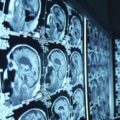


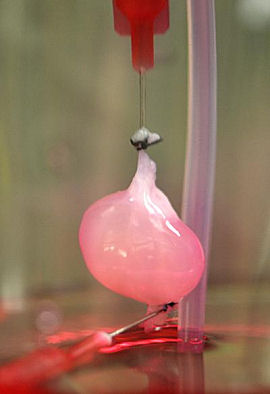
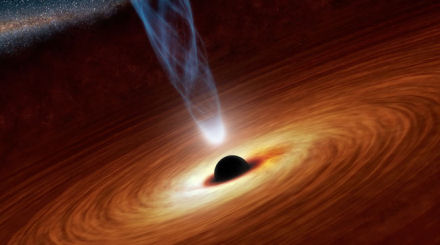

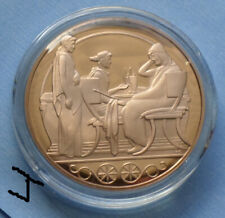
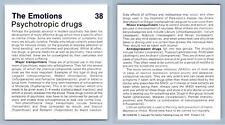
Comments are closed.